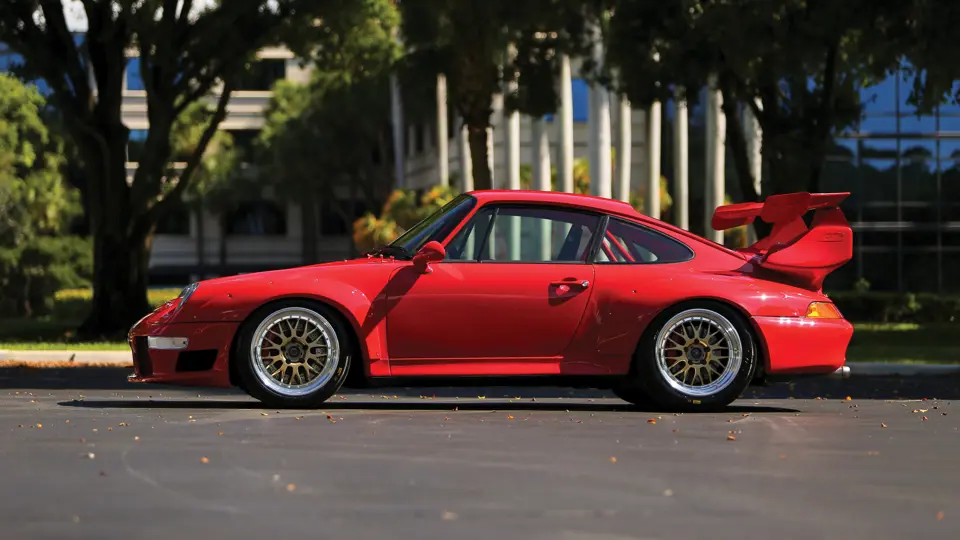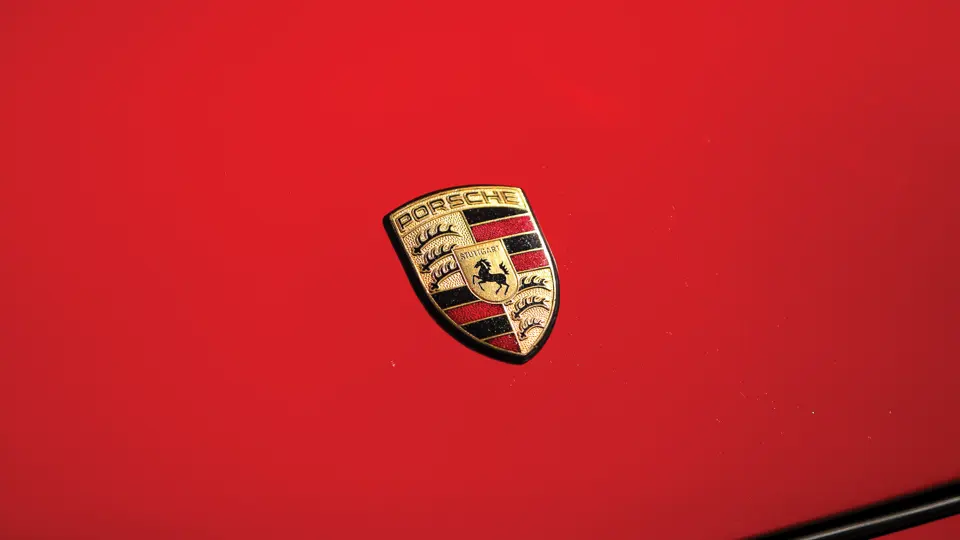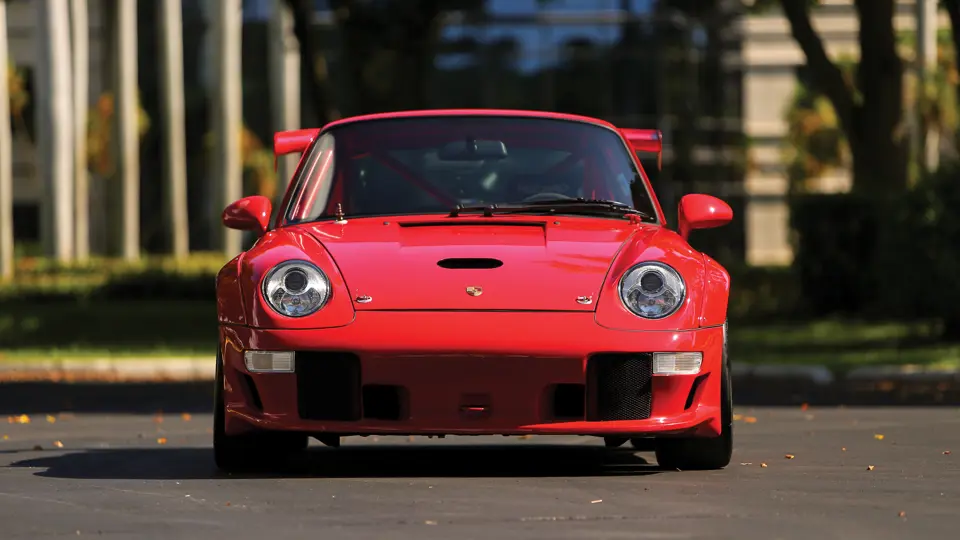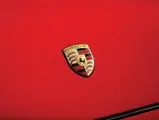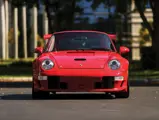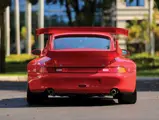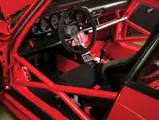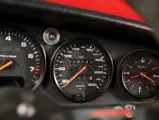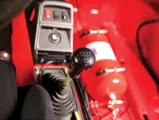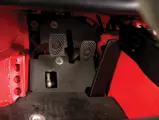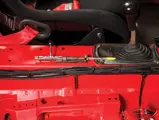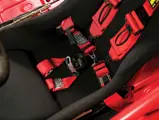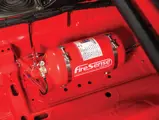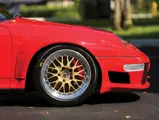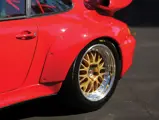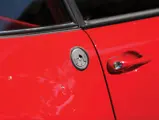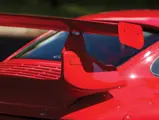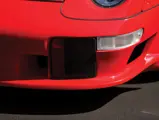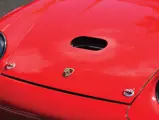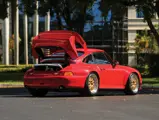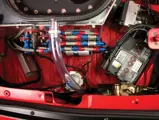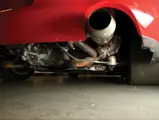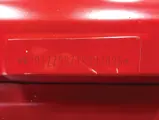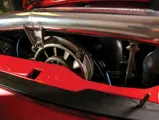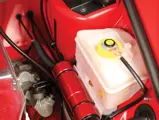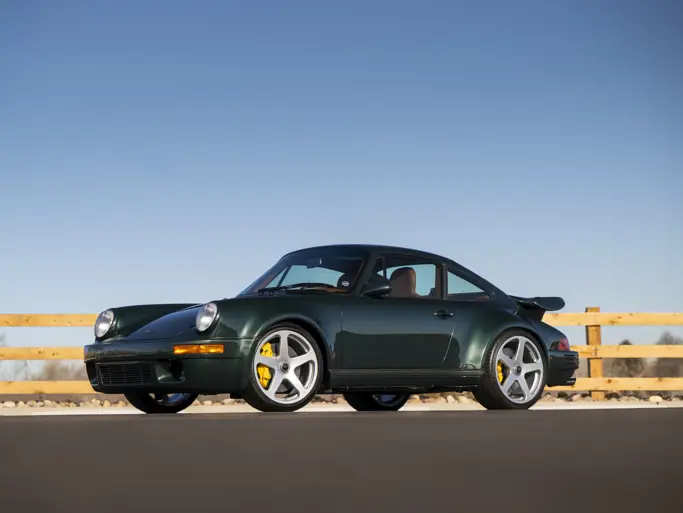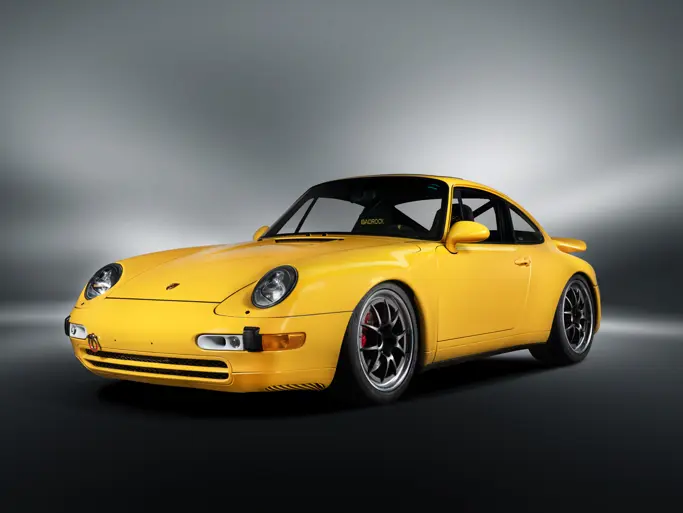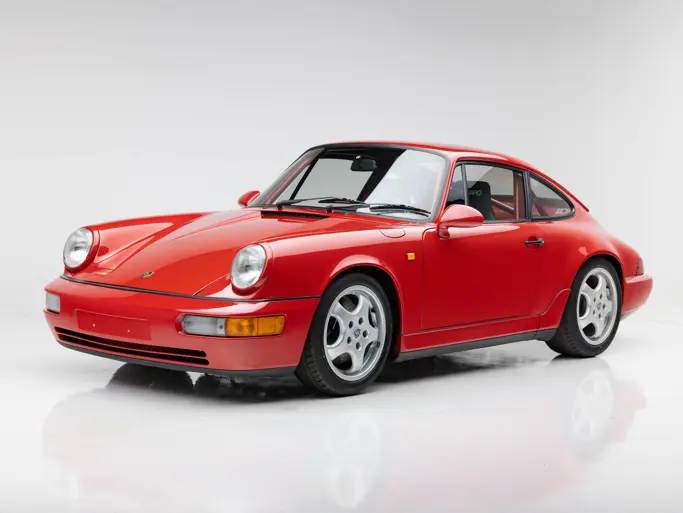
1996 Porsche 911 GT2
{{lr.item.text}}
$643,000 USD | Sold
{{bidding.lot.reserveStatusFormatted}}
- One of just 79 factory-built racing versions
- Retains its original tub and drivetrain
- Subject to a comprehensive restoration
- Minimal time on engine; rebuilt by Bob Holcombe
- Includes detailed factory build sheet and original PCNA invoice
Freshly emerged from a comprehensive, year-long, bare-metal, nut-and-bolt restoration, offered here is an exceptional example of the GT2 race version, the last air-cooled, turbocharged racing car, viewed by many as the Holy Grail for Porsche collectors. To quote Porsche authority Prescott Kelly, “The 993 GT2 is an immensely desirable, iconic, collectible Porsche . . . . it is one of the foremost iterations of the famous line of Hans Mezger-designed Porsche engines.”
The GT2 was born out of necessity: Cancellation of the World Sports Car Championship in 1992 in favor of less-costly, production-based GT cars prompted Porsche to create a new high-performance variant that could be built in large-enough quantity for street use and thus be homologated for racing. The 993-series Turbo appeared to be the perfect starting point. Beneath its new, svelte body shape was a new light-alloy rear subframe that carried a dual wishbone suspension. This replaced the 911’s traditional rear trailing arms, which often contributed to trailing-throttle oversteer. A new induction system called VarioRam maximized torque through the middle of the rev range.
The street-going GT2 was not offered to the American market, which relieved Porsche of the costly burden of crash-testing the cars to meet U.S. government standards or saddling them with emissions and safety-related requirements. In 1995, Porsche gave us the 993 RS, a “homologation special” that allowed the 993 RSR to run in the BPR’s N/GT category with a 3.8-liter engine.
As Kelly relates, the factory also wanted to modernize the top-of-the-line 911 Turbo, whose full potential still had not been tapped. With the 993, Porsche decided to turbo-charge its all-wheel-drive Carrera 4 platform, giving it a powerplant that developed more than 400 hp and breath-taking performance combined with outstanding road-holding. Unfortunately, the BPR Global series did not allow AWD and turbos in the same package, so the Customer Racing Department put its collective mind toward creating something that would meet the letter of the law. The result was a street-legal machine with a turbo feeding each bank of cylinders – and rear-wheel drive.
The tub was drastically lightened, weight trimmed to about 3,100 lbs. thanks to a stripped interior, no undercoating or sound-deadening insulation, and deletion of the numerous power-assisted systems usually found in up-market Porsche cars. The bodywork was modified with aluminum hood and door panels, rear spoiler, and exaggerated bolt-on fiberglass fender flares to cover three-piece racing wheels with titanium centers. Those were in turn shod with appropriately sized high-speed–rated tires. Careful engine tuning brought horsepower up to 430, although it is likely the true figure was something greater. The GT2, so named for the racing series at which it was aimed, was unveiled at the 1994 Essen Motor Show.
Between 1995 and 1998, Porsche would produce 194 GT2s; 161 of those were for street use, while 33 were designated as Club Sport versions – all save for one were left-hand drive – and intended for competition. The Club Sports were delivered with a bare interior, a roll cage, a racing seat, six-point harness, fuel cell, electrical cut-off switch, a fire suppression system, a tall multi-plane rear wing, and larger front spoiler. The racing engine developed an estimated 450–475 bhp with different KKK turbochargers and a larger air-to-air intercooler, more aggressive camshafts, and less-restrictive exhaust system. The six-speed G50 transaxle contained a limited-slip differential, and closer-ratio gears were available.
The Porsche GT2 became the weapon to have in international GT racing, bringing home championships in the BPR series and IMSA. The most successful of these were the N/GT entries driven by Hurley Haywood and Jochen Rohr, who won or placed at Sebring, Daytona, and other tracks from 1995 through 1998. Further, a separate series of 79 racing GT2s was also built, including this example, bringing the total number of GT2s about 300 units.
This GT2 'race version' was the sole example delivered to the U.S. in G1 Guards Red. It was ordered 16 August 1995 from Porsche Cars North America in Southern California by Spencer Lane of Fast Lane Racing in Ridgefield, Connecticut, and delivered late that year. Chassis 393096 carried a factory base price of $182,000, but the as-delivered price, including optional race components, a second set of 18-in. diameter GTR-Rad three-piece center-lock modular wheels, import certification, and transportation drove the bottom line to $232,814. The car was taken to the 1996 Daytona 24 Hours, where it was used in qualifying but did not race. Lane kept the car for about five years, after which he sold it to Joe Wong, an active PCA club racer from northern California, who kept the car for 17 years, entering it in a number of PCA Club races. Its last track appearance was in 2001. It was sold to the consignor in early 2017.
This numbers-matching car has just emerged from a comprehensive restoration. The engine was rebuilt by Bob Holcolmbe at Mode Inc. in Scottsdale, Arizona, and has fewer than five hours of running time. The car is equipped with a full roll cage, “Banana” biplane rear wing, Recaro racing seat with Shroth harnesses, Momo steering wheel, Firesense suppression system, Premier fuel cell, and JRZ remote-reservoir shock absorbers. It is also supplied with its original factory build sheet, PCNA purchase order, restoration invoices, and comprehensive photographic documentation.
This rare, show-quality GT2 would be the perfect capstone to any collection of modern racing Porsche models.


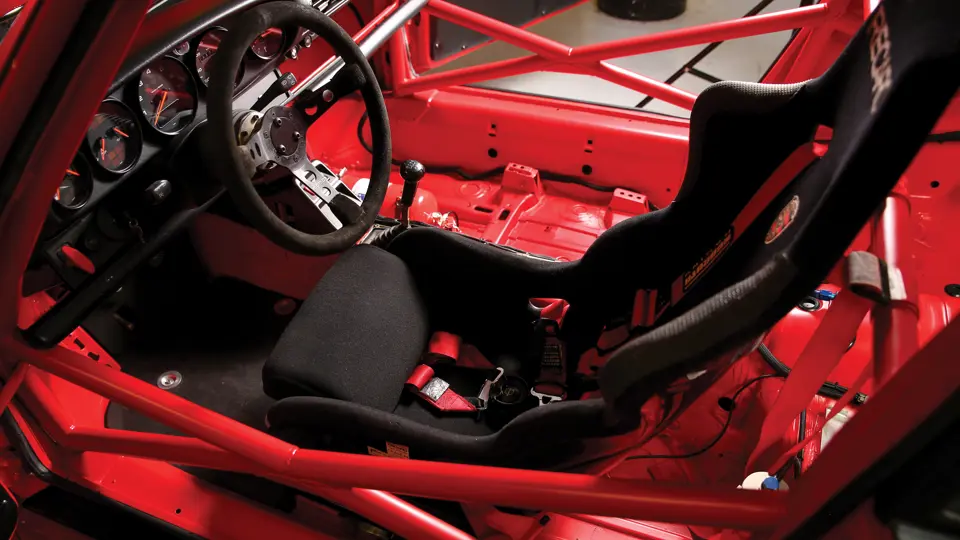

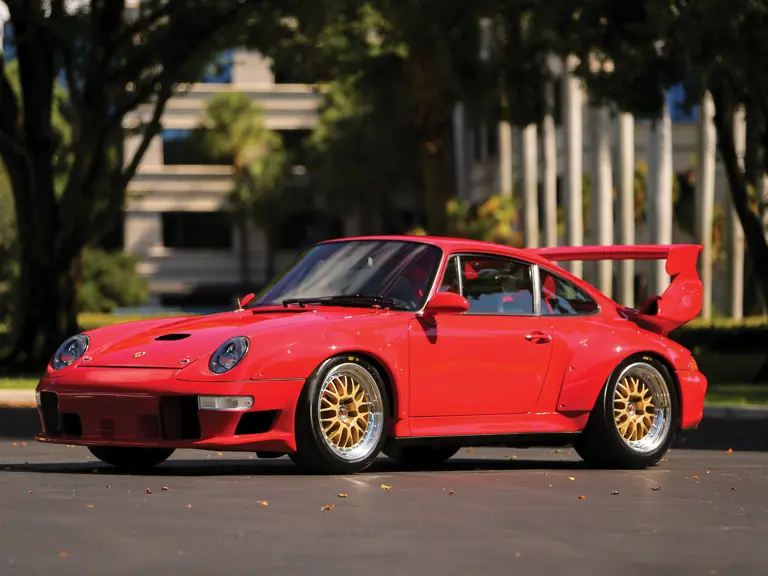
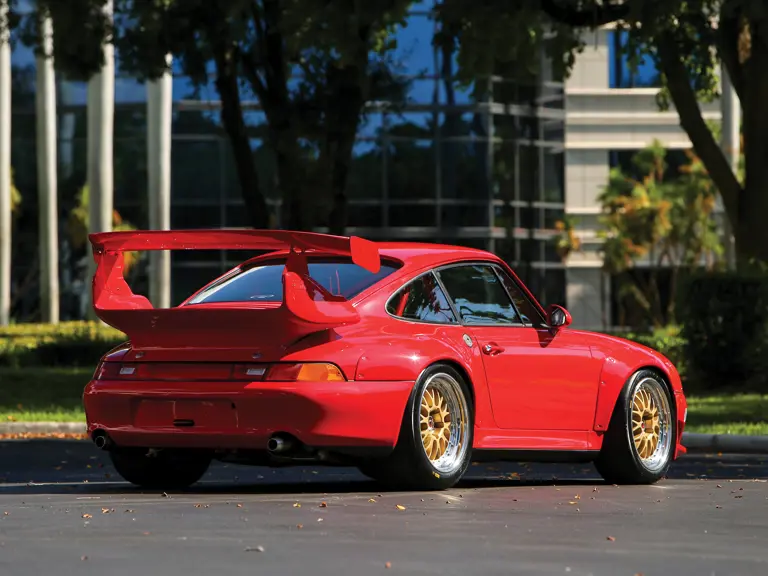


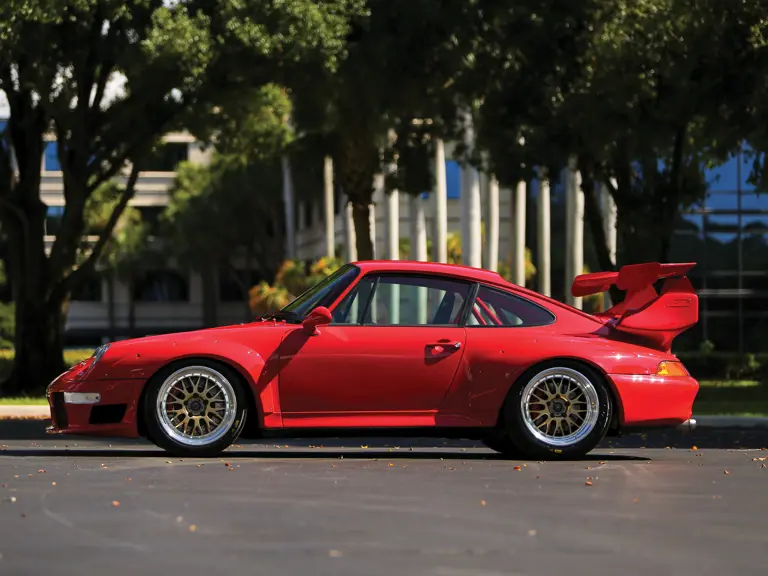
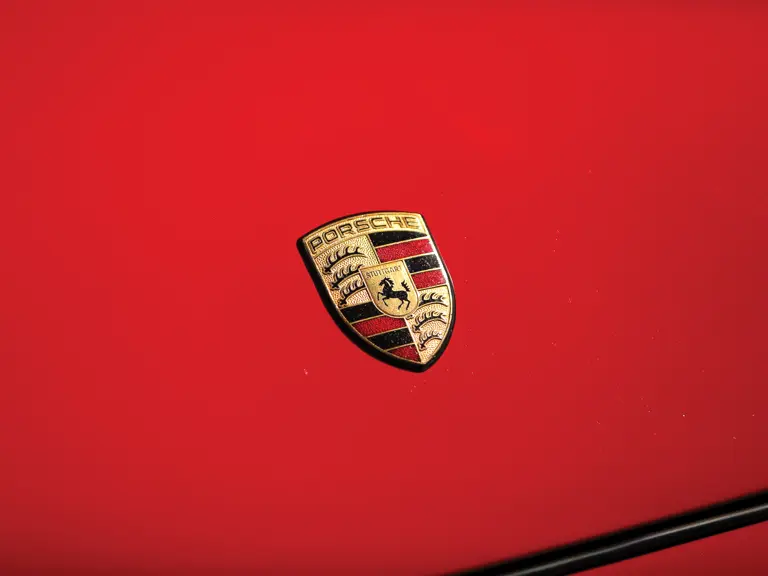
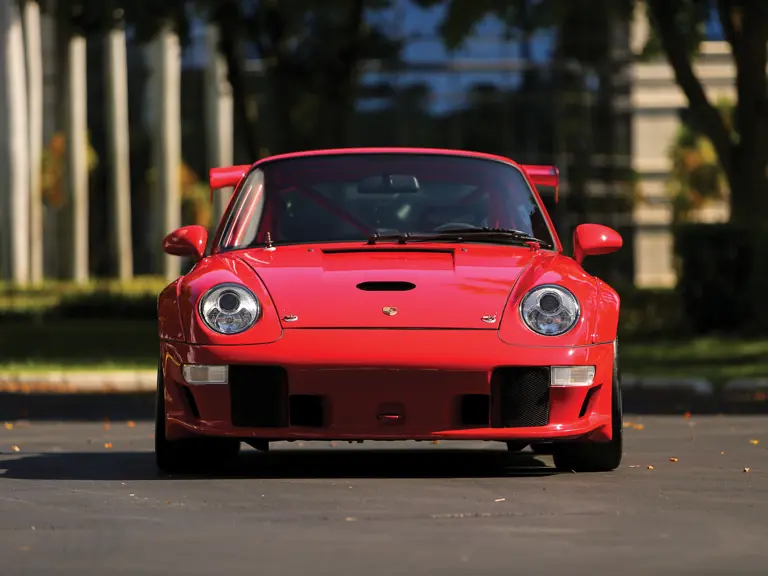
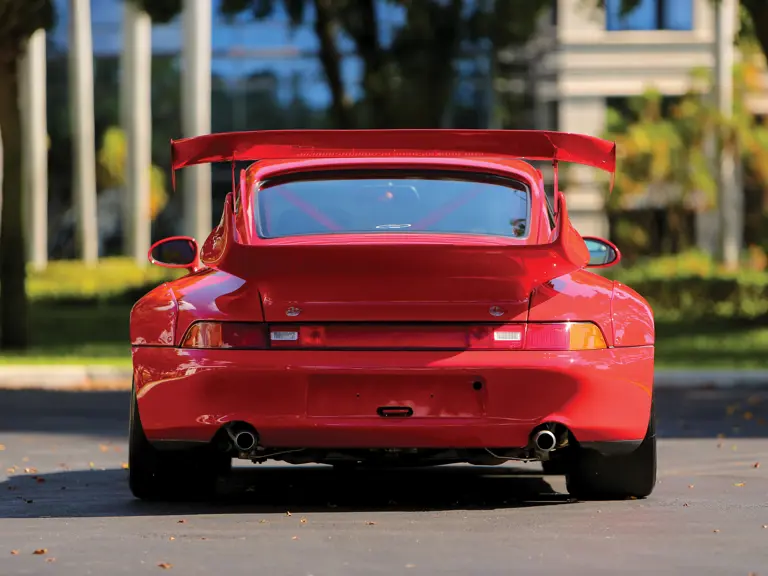
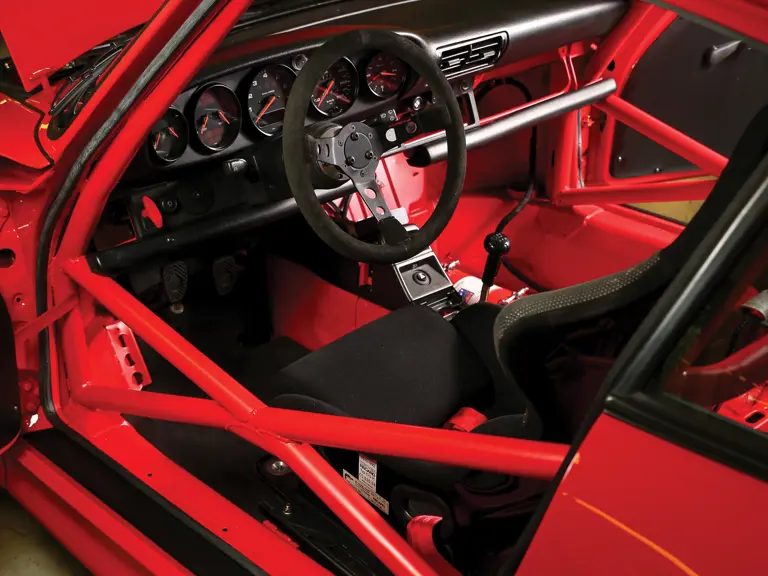

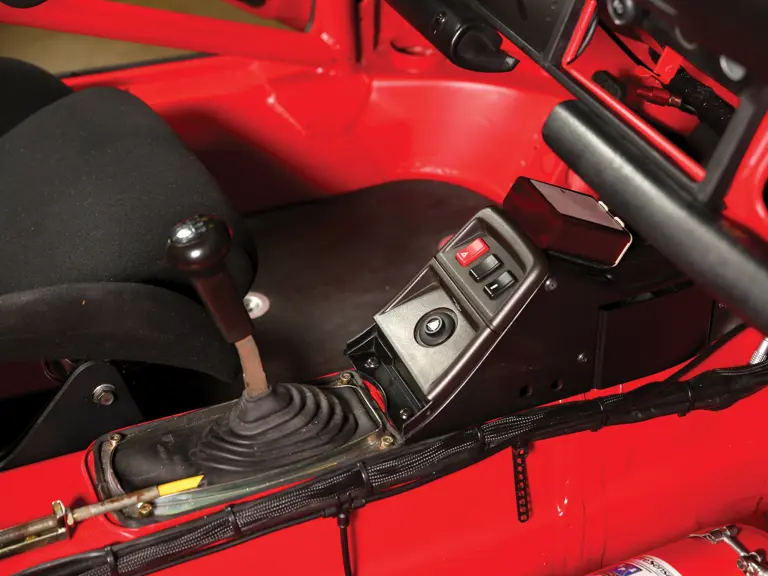
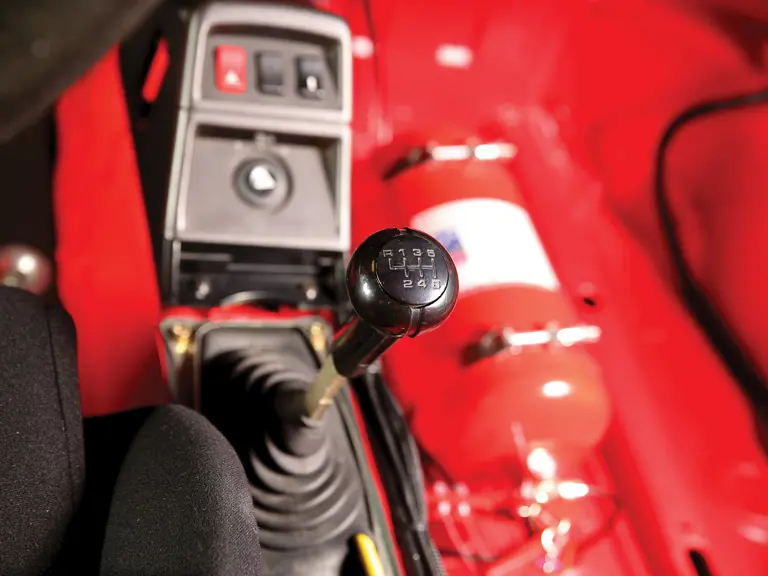
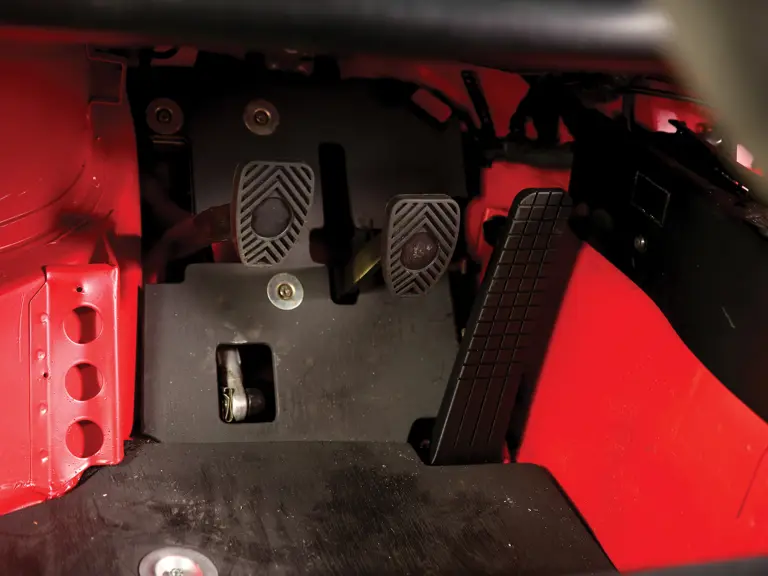
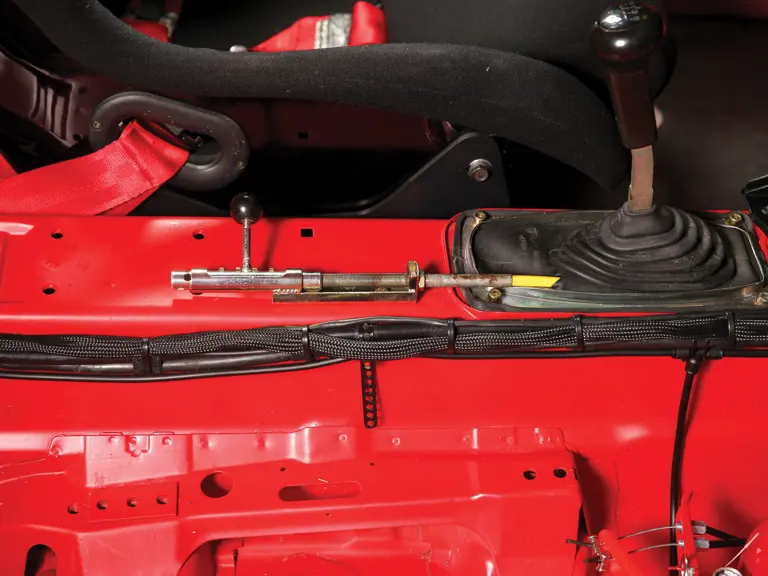
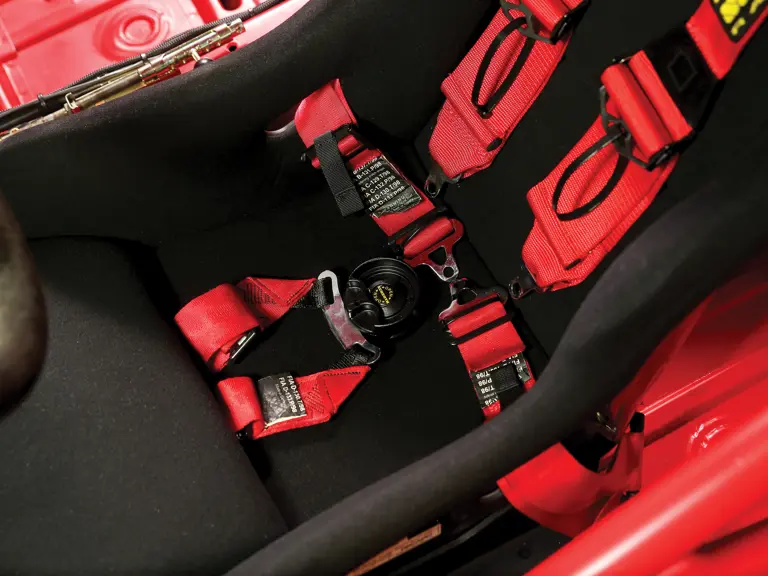
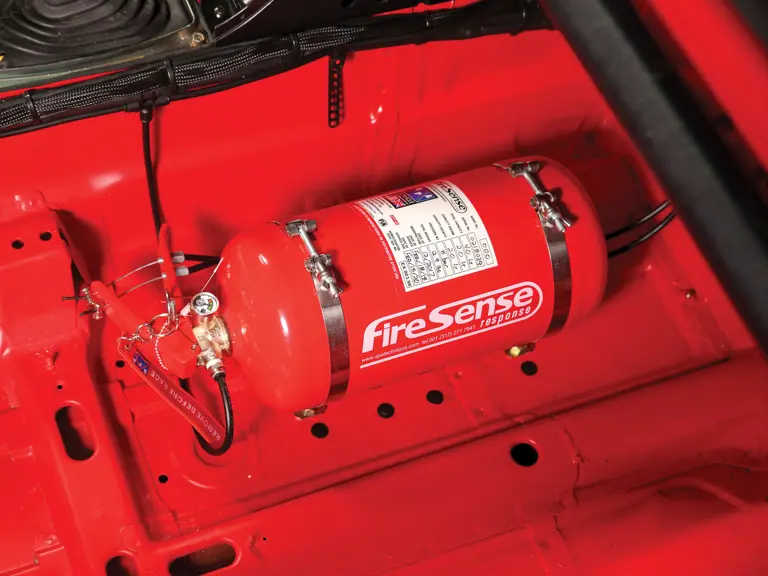

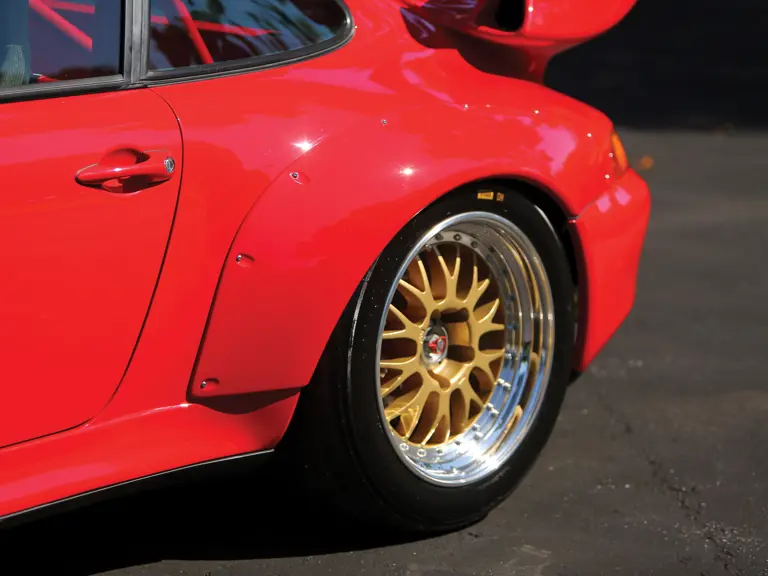
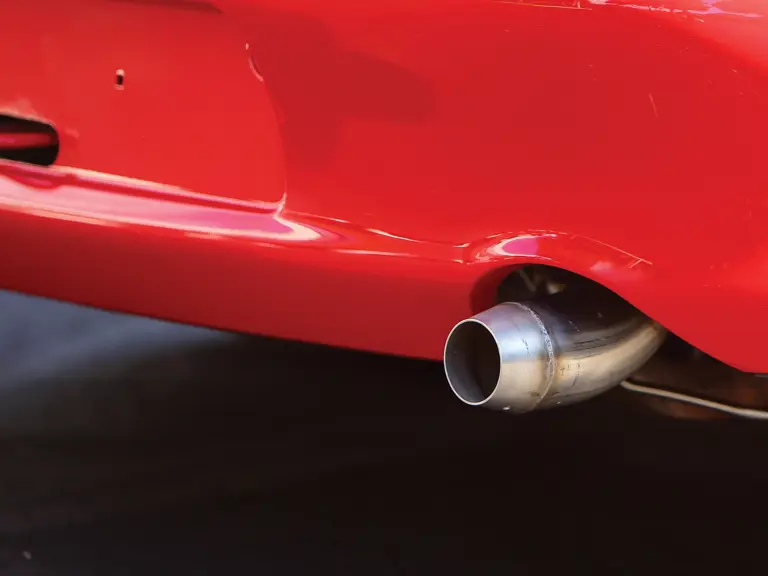
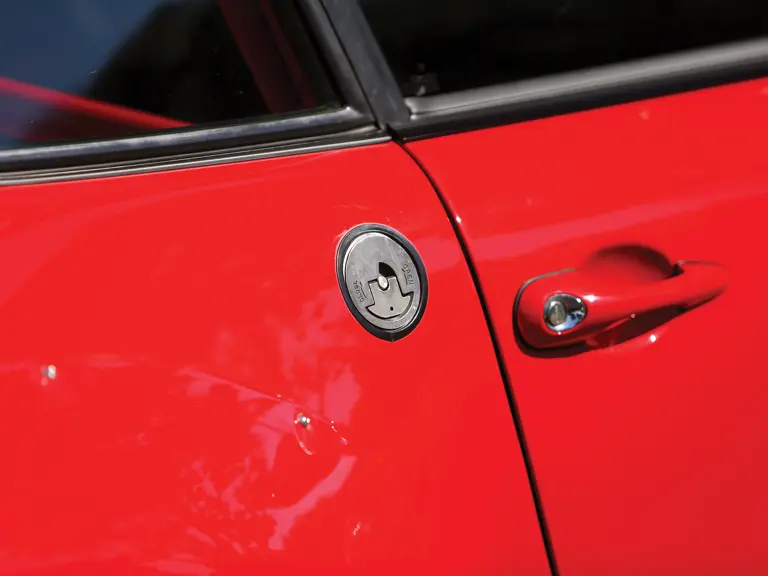
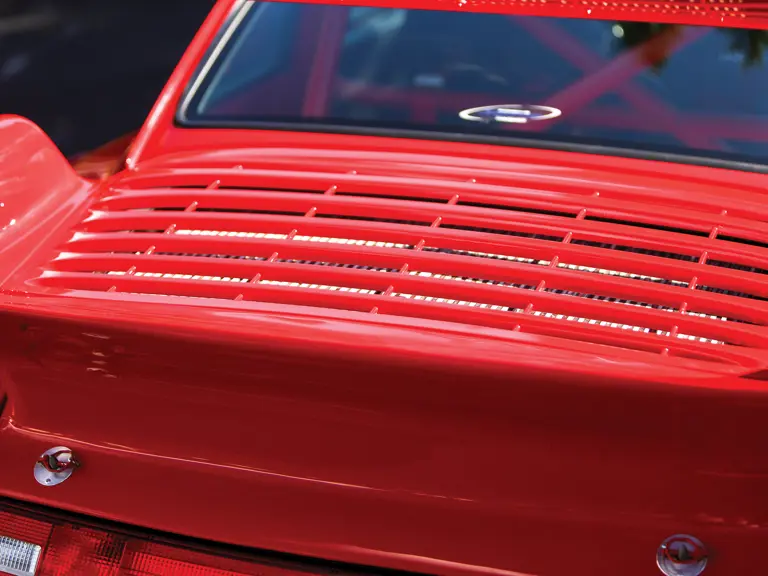
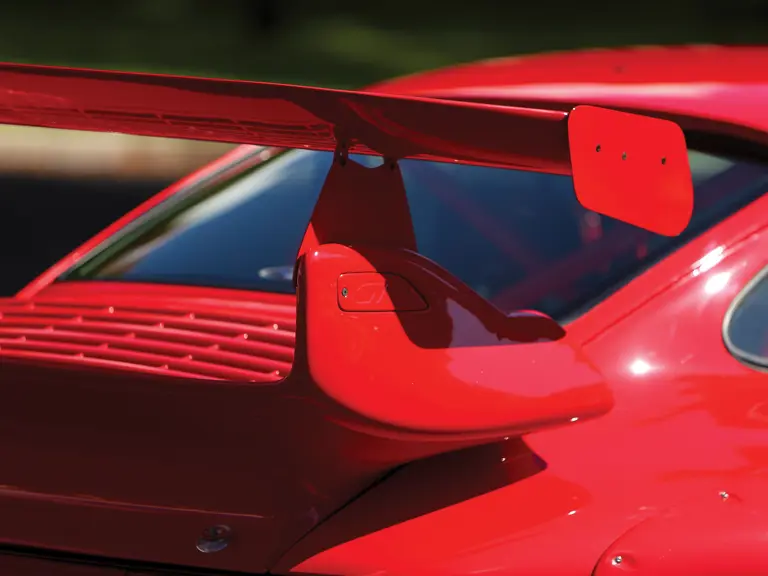
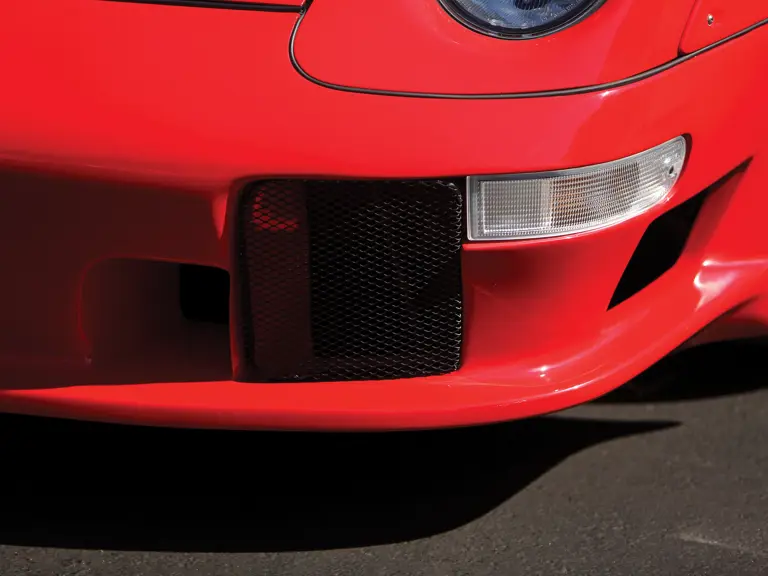
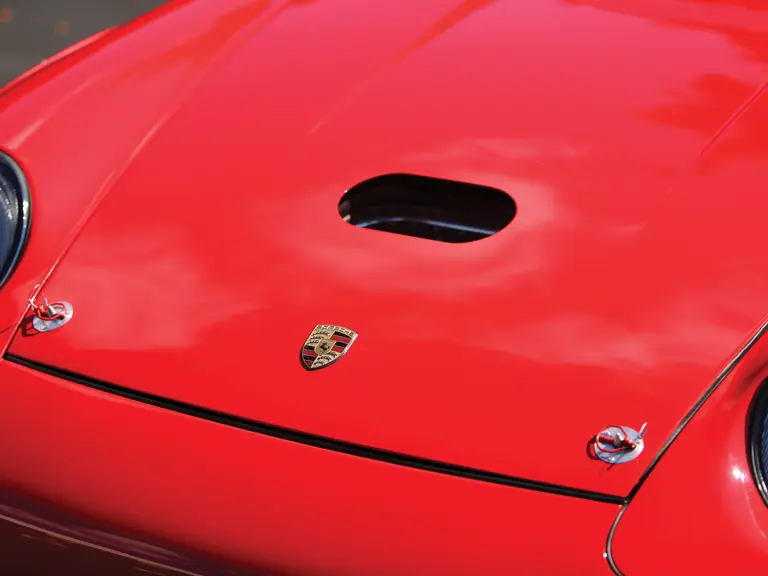
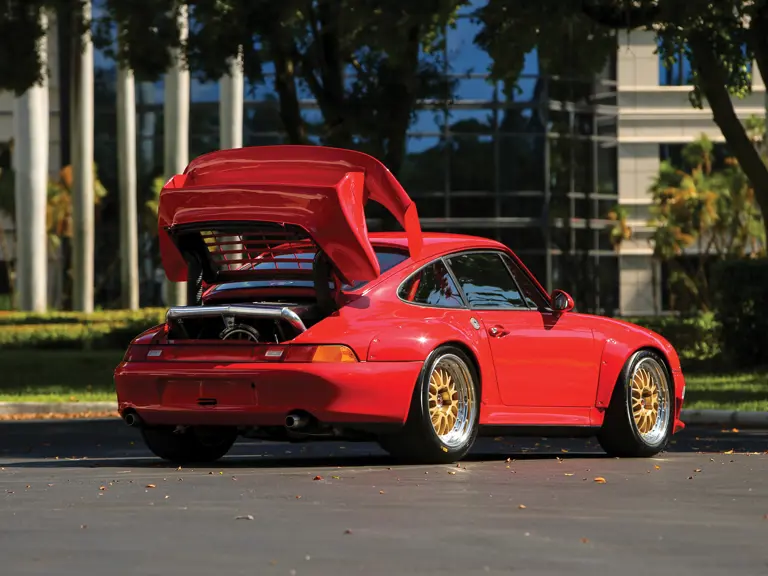
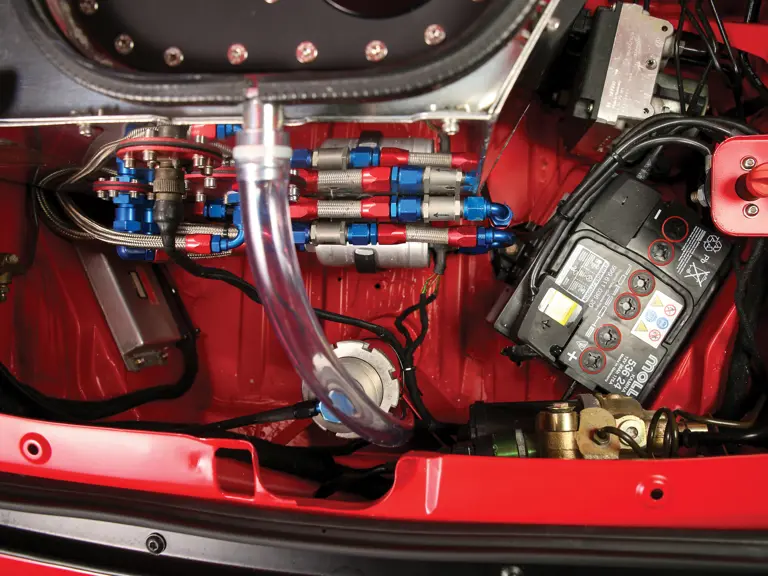
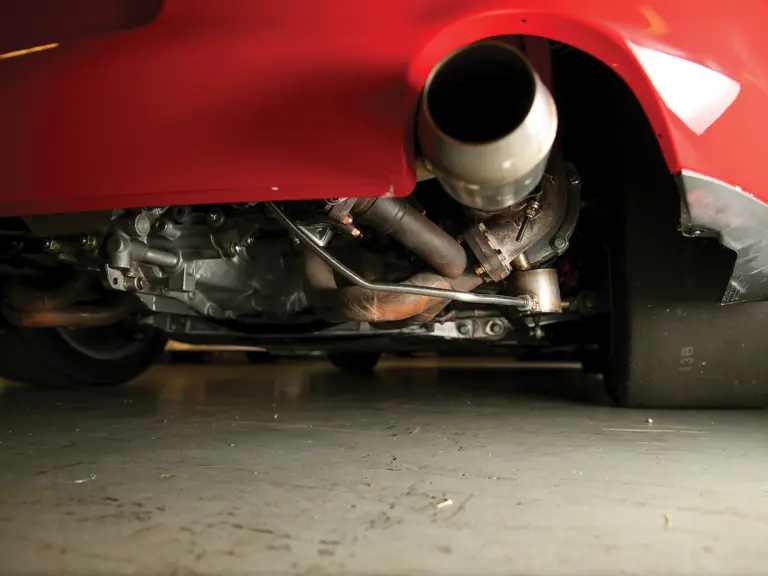
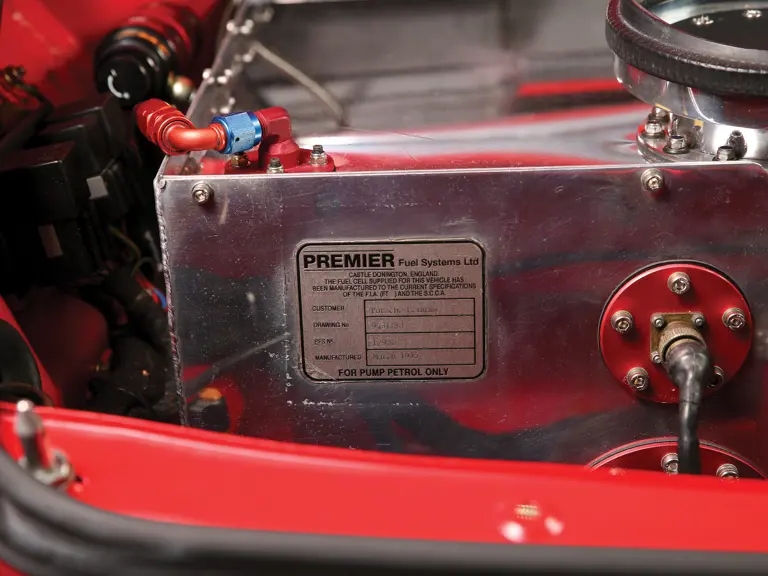
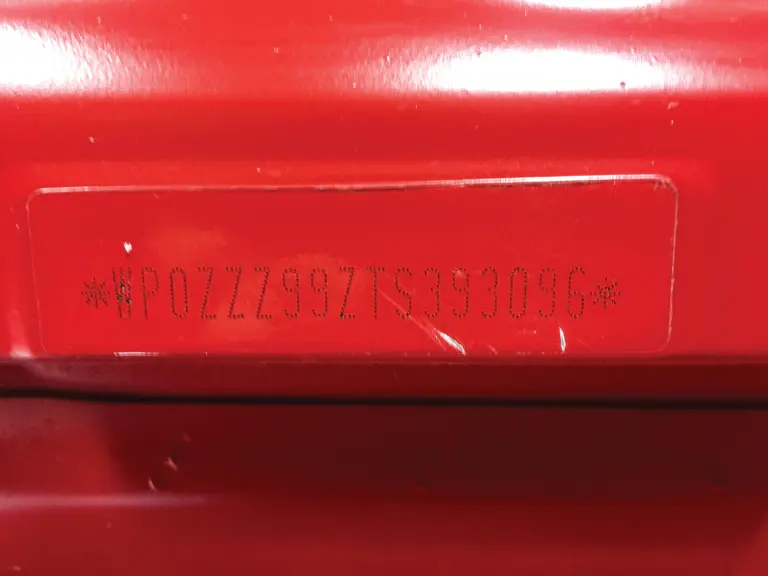
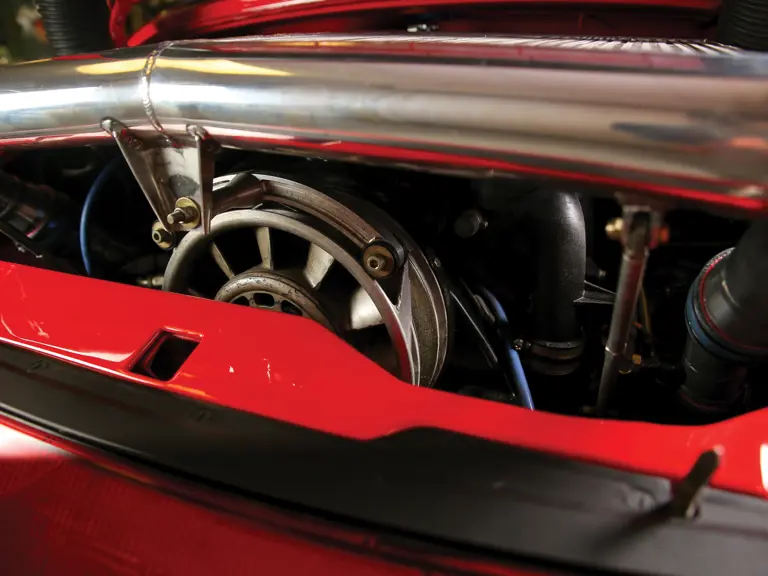
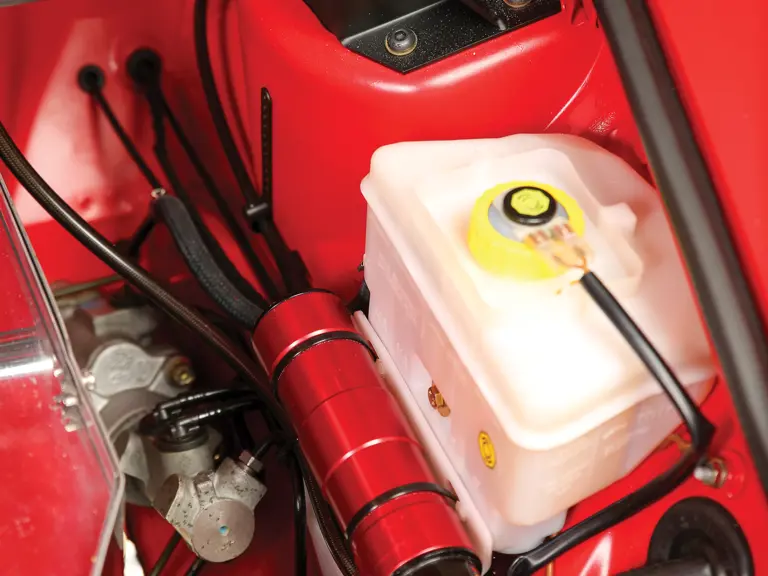
 | Atlanta, Georgia
| Atlanta, Georgia
